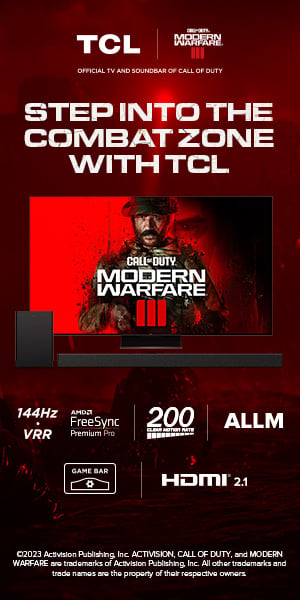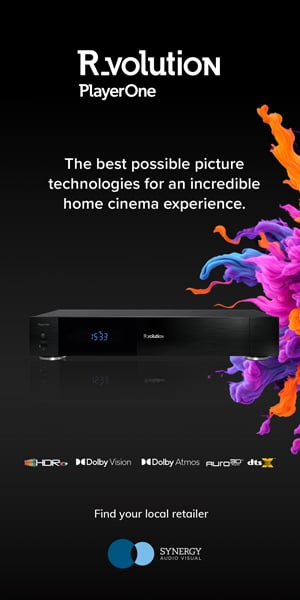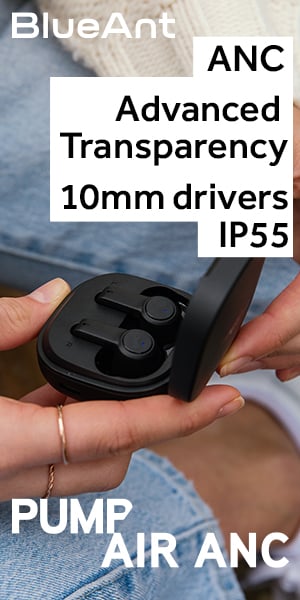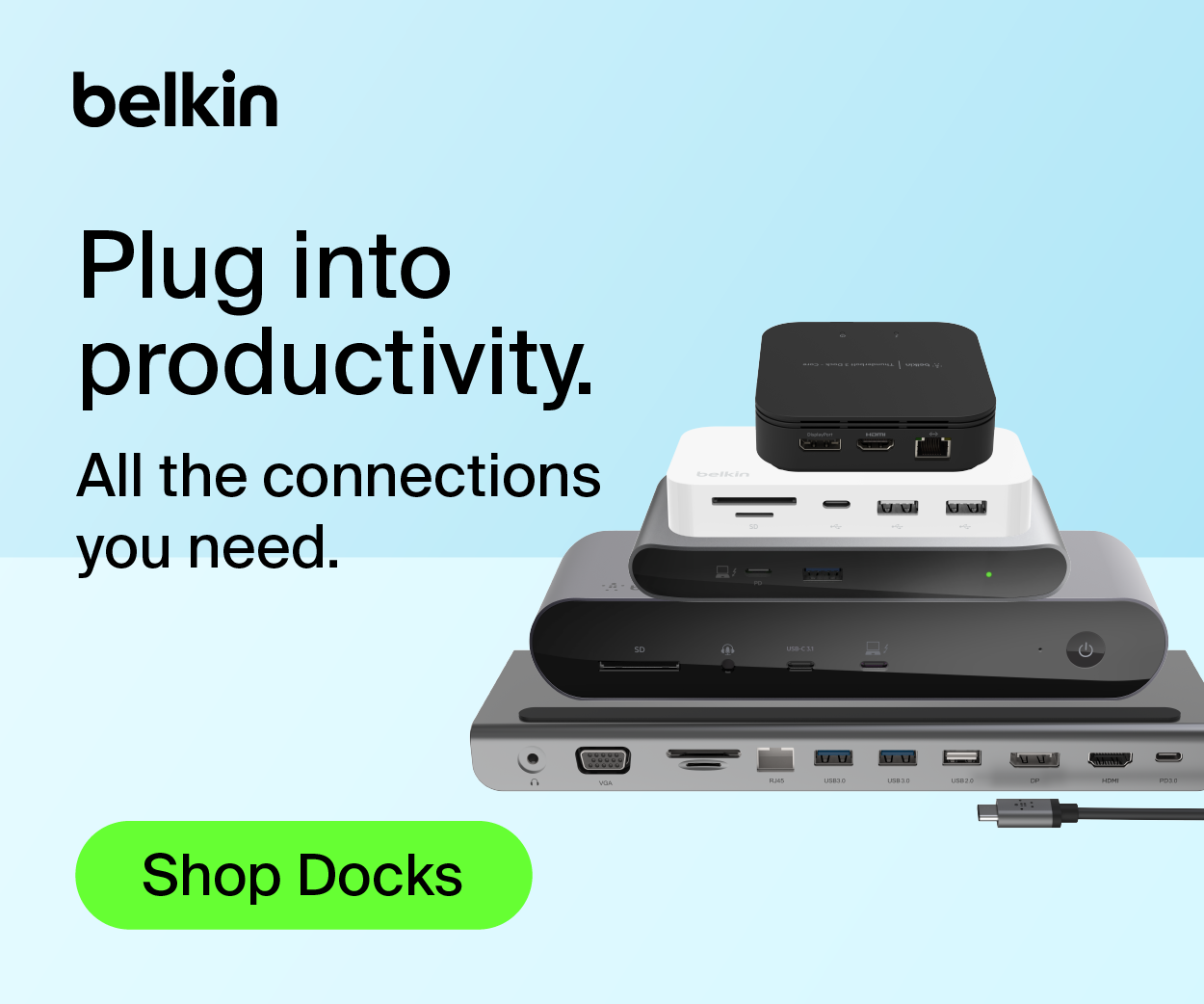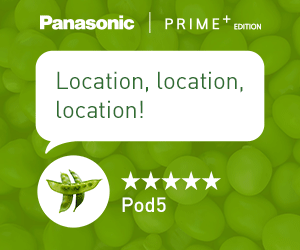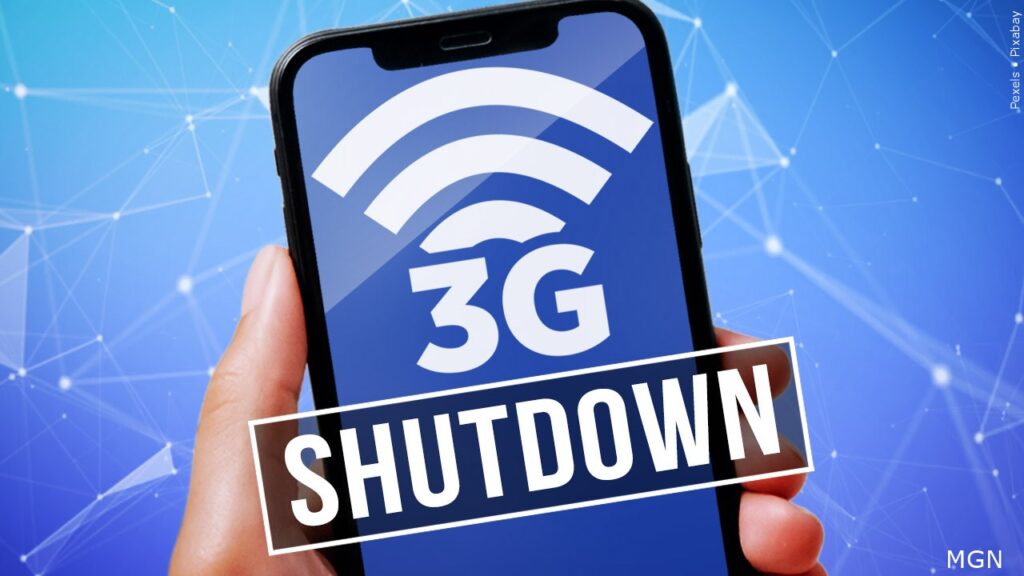
According to Roy Morgan Research, 1.039m Australians now use Netflix – more than ten times that of its nearest rival however is not known how many of these subscribers are actually paying for the service after tens of thousands of consumers were given a free subscription when they signed up for an Optus Fetch TV package or purchased a Samsung or LG TV.
According to David Mitchell a director at Melbourne based set top box maker Seebo the Roy Morgan numbers do not reflect paying customers. “A lot of people have tried Netflix but are not paying for Netflix, websites like Whirlpool are awash with comments from people who have trialled Netflix”.
Another senior set top box executive who is currently working closely with Netflix said “There is no pay that Netflix has generated over one million paying customers. There is still a lot of free subscriptions out there and a lot of people who have tried it for free are not continuing with a payed for subscription”.
According to the Roy Morgan research carried out in May, Presto – the joint effort from Foxtel and Seven – is in a distant second place with 97,000 users, just ahead of Nine and Fairfax Media’s joint venture Stan, with 91,000.
Struggling streaming service Quickflix has just 43,000 users, says the Roy Morgan data.
Foxtel Play, which is the non-contract streaming offering from Foxtel, has 40,000 users.
The Roy Morgan Single Source Survey covered a representative sample of 2,088 Australians aged 14 and over in order to estimate the numbers based on the entire population of the country.
The 1m+ Netflix users live in 408,000 households, Roy Morgan says. The number of Netflix users grew from 766,000 in April, the first full month where the service was available.
However, Roy Morgan also pointed out that more than five million Australians still live in homes which subscribe to Foxtel’s broadcast TV service.
Tim Martin, GM of media at Roy Morgan, said Netflix has is dominating the subscription video on demand space: “It’s so far been a one-sided battle. In the SVOD space, Netflix’s dominance is clear. Up to half of all subscribers to Stan, Quickflix or Presto are also subscribed to Netflix-perhaps bingeing for a month on free content across the options, preparing to make a decision about which, if any, earns their continuing monthly spend.”
Mumbrella reported that in the wake of publishing the survey Quickflix CEO Stephen Langford took aim at the survey results telling Mumbrella his numbers were being underestimated.
“We don’t know how you can get anything sensible quoting millions of subscribers from a survey of only 2,000 respondents,” said Langsford.
“Those respondents look like they include 14-years-old but you need a valid credit card (and therefore be 18-years-old) to subscribe.”
Roy Morgan fired back with spokesman Shaun Ellis arguing that the result “wasn’t some crazy small sample aberration.”
“We would normally not report on data unless we had a few months to a year of sample,” said Ellis. “But in this case we had a sample of 2000 people in May from across the country, enough to give an early indication of respective sizes of the SVOD players, even if numbers are not totally exact with a margin of error.
“We only just started asking about Netflix and Stan, but we had been asking about Quickflix for a year, and these results are consistent with their long term average results, so this May result wasn’t some crazy small sample aberration.”
Comment is also being sought from Presto. Stan declined to comment.
Roy Morgan asked those surveyed: “Does your household have any of these subscription or Pay-TV services?”
After a trial period, Netflix has a basic monthly subscription price of $8.99.
The news of Netflix’ fast start in the market comes as anecdotal evidence grows that Netflix users are slowing down Australia’s access to the Internet. An ongoing discussion thread on Reddit is full of users sharing their stories of slower speeds where internet service providers have failed to invest in sufficient capacity to cope with demand.
|
Error, group does not exist! Check your syntax! (ID: 5)

Popular Posts
Digital Magazines
Categories
- Appointment & Jobs496
- Automation471
- Communication2939
- Display1259
- Hardware2090
- Industry7485
- Latest News31818
- Networking984
- Sound1721
Recent Post
As Huawei gets ready to release one of its most advanced laptops – the MateBook X Pro 2024 – in... Read More














